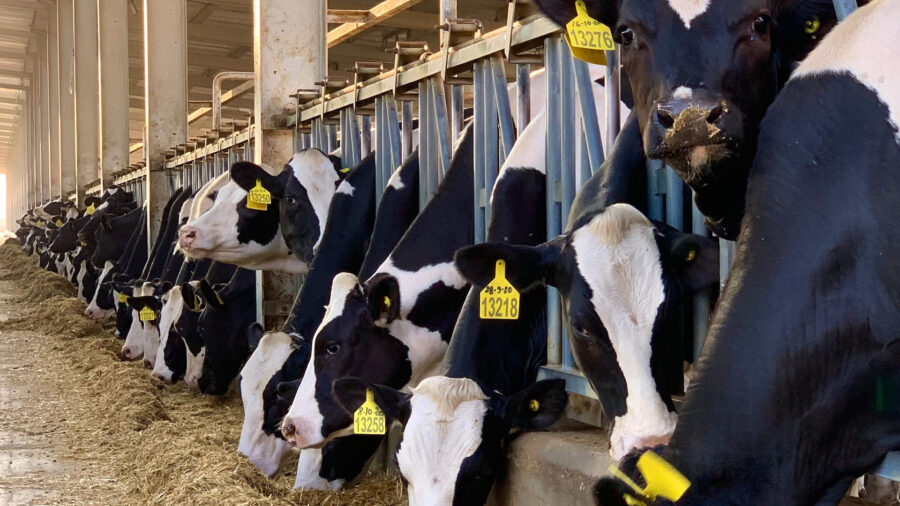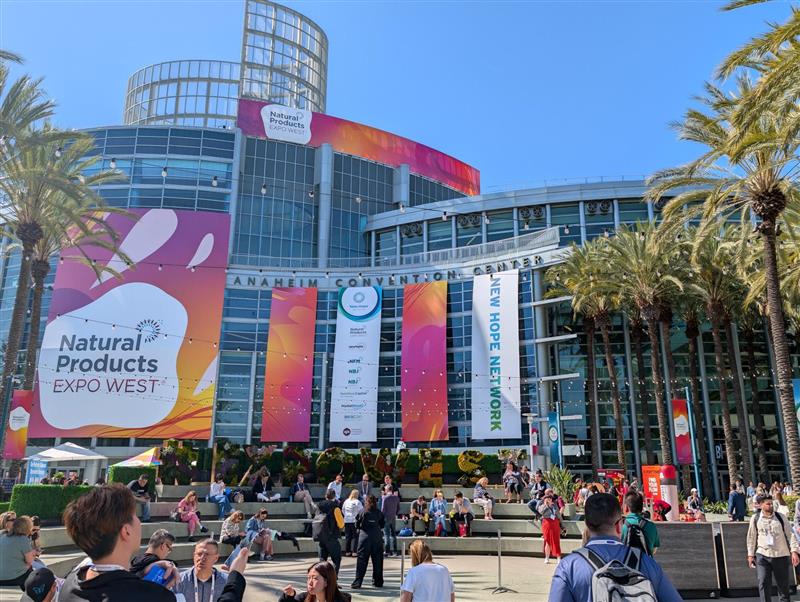In early March, The Guardian reported that the continued proliferation of high-methane food production (meat, dairy, and rice) will push the world past the 1.5° C. (2.7° F.) threshold widely considered to be disastrous for life on the planet. If the average global temperature rises just a few degrees, coral reefs may die off, endangering untold numbers of aquatic species and stagnating global waters; the frequency of catastrophic storms may increase; melting glacial ice may lead to flooded coastal cities. Food and water shortages may increase tenfold. A recent study by the National Academy of Sciences gives the planet, at best, a 50% chance of avoiding disaster if the ambitious goal is met by 2033.
That’s a coin toss in 10 years for less biodiversity, more storms, and greater food and water endangerment.
Nonetheless, many businesses, geopolitical leaders, and outspoken entrepreneurs are attempting to rise to the challenge. Vegetarianism is slowly growing in the U.S. and Europe as an eco-conscious lifestyle change and not simply as a one-off way to lose weight, maybe, in the short term. The ability to use plant-based alternatives as nutritious substitutes for foodstuff staples is upon us, though widespread scale of the expensive technology – and the public’s literal appetite for it – remains a tough protein to swallow. Still, we can literally print food, which is as ridiculous to write as it is to fathom (and possibly consume).
A Beefy Hurdle to Jump
Reducing meat consumption and improving eating habits on a mass scale to put a dent in greenhouse emissions is going to be tough. Research has shown that contemporary carbon labeling on products helps, but mostly for those who were already inclined to consume more responsibly anyway; the needle doesn’t move much for those who just need what they need, which is almost everyone.
“From 2017 to 2021, U.S. per capita meat and poultry consumption increased from 217.3 lbs. / year to 224.8 lbs. / year,” said Chris Gambino, senior sustainable analyst at The Breakthrough Institute, an environmental think tank, to The Food Institute.
“U.S. per capita beef consumption increased from 57 lbs. to 58.9 lbs. annually over the same time period. Simultaneously, plant-based meat sales have fallen substantially, casting doubt on the substitute.”
Recent data supports this, too – as reported by The Food Institute, “planet friendliness,” “social reasoning,” and even “better-for-you” are distant outliers compared to the top two factors that help determine sales of plant-based alternatives: taste and affordability.
Grassroots movements may start in outmoded or overlooked pockets of the constituency, but real change most often occurs from the top down, when the world’s largest corporations and federal institutions get involved with public policy, personas, and – most importantly – perception.
“And with the rising global demand for beef – driven largely by population growth and increasing wealth – enteric methane emissions are projected to rise by more than 45% between 2020 and 2050,” Gambino continued.
More beef = more methane and more outlandish allocations of land, energy, and resources just to meet the status quo. Alternative protein production continues to grow, though not scale (at least not yet); over $5 billion was invested in the alt-protein market in 2021, up 60% from just one year earlier. But it’s a long way from investment to application, application to widespread acceptance.
“Alternative proteins are an especially promising opportunity for a cleaner and greener future,” said Justin Labeille, associate director of climate research at Giving Green.
“Since alternative protein innovation is still in its infancy, some of the most important priorities focus on the basics: expanded end-product attribute measurement, established industry-wide product profiles and specifications, and improved fat and moisture performance.”
Earlier this week, the Relativity corporation launched its first 3D-printed rocket into the stratosphere in a proof-of-concept test. Though it failed to pass every test, it provided promising data about how to further economize the burgeoning sub-space and outer space sector. In other words, 3D printing technology works – whether everyday consumers (and not just vegans and eco-conscious eaters) are willing and able to embrace alternative proteins as a viable primary nutrition source remains to be seen.










